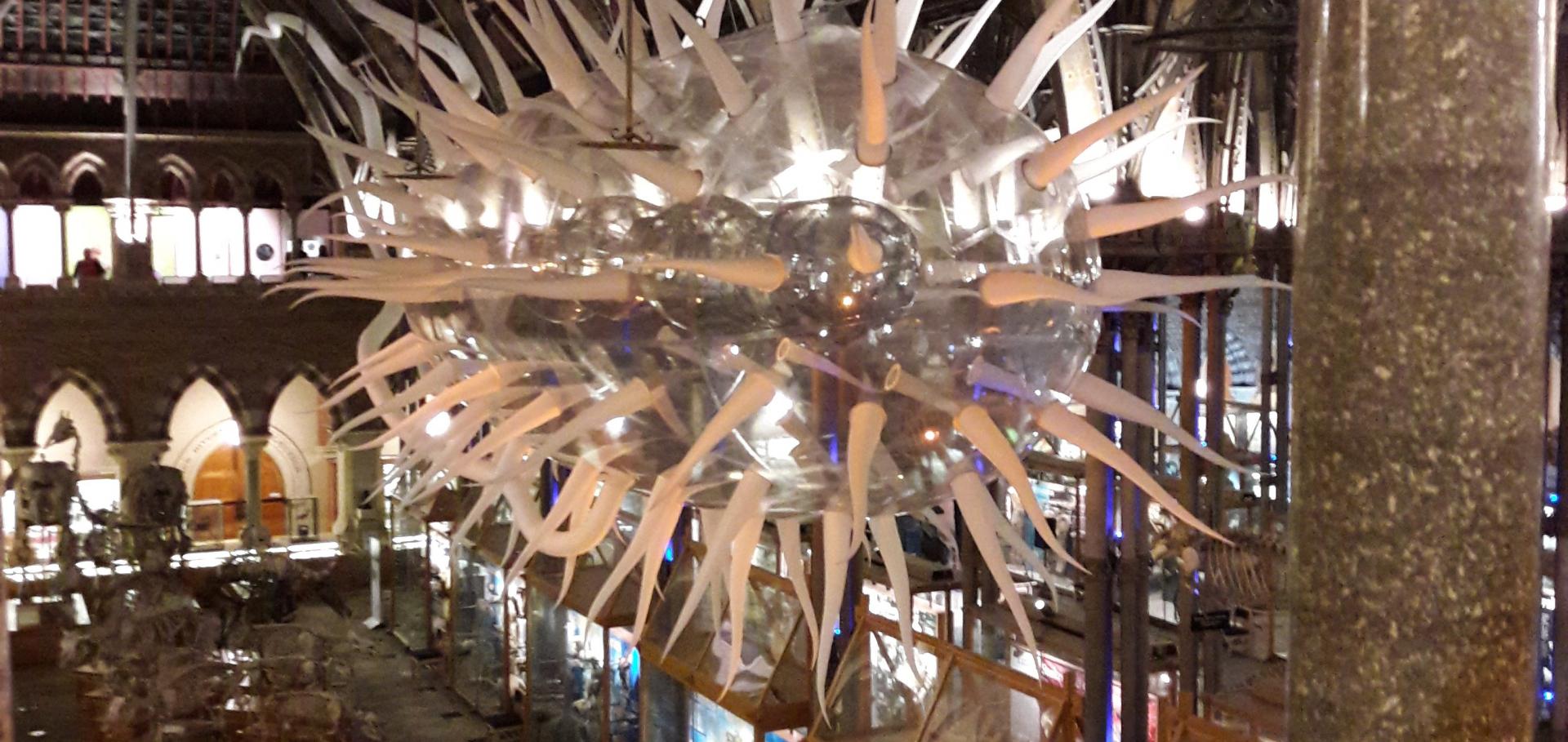Probing DNA interactions with proteins using a single-molecule toolbox: inside the cell, in a test tube and in a computer.
Biochemical Society Transactions Portland Press 43:2 (2015) 139-145
Biophysical characterization of DNA origami nanostructures reveals inaccessibility to intercalation binding sites
Nanotechnology IOP Publishing


